We made the next two days another new experience for this voyage by traveling in the ICW instead of going outside to the ocean. We heard the Waccamaw River is beautiful so off we went. In the cold! For three days (and nights) the weather was very chilly for these southern states. High 40s at night and only low 60s in the day. Our cabin went down to 50 degrees on two of the nights! I wished I had packed that extra comforter………….
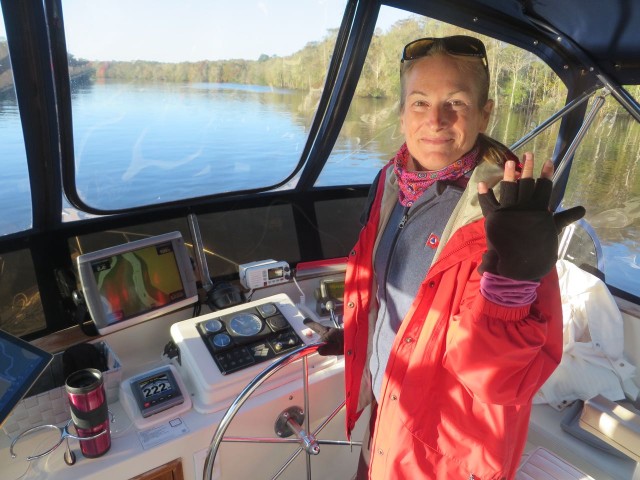
We had to pass through Myrtle Beach before reaching the Waccamaw.
The 28-mile Pine Island Cut (ICW Mile 346.8-374.8) was the last section of the ICW to be completed, finished in 1936. The infamous “Rock Pile” (ICW Mile 350-352) in the Pine Island Cut, is a 2-mile stretch made of fossiliferous limestone. The danger sign is to warn you that it would not be kind to your hull if you ventured too close to these rocks. The Army Corps of engineers discovered it in the 1930s when they were working on this cut. The rock slowed their progress, required dynamite, and forced them to progressively narrow the channel. The cretaceous limestone at the lowest point is 65 to 144 million years old (end of the dinosaur age) and is loaded with fossils.
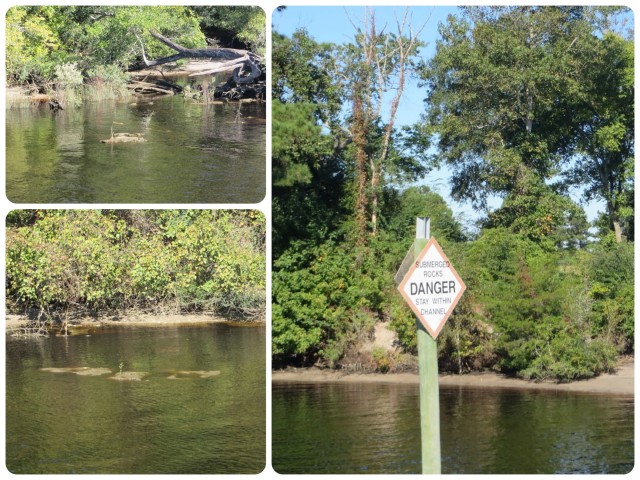
This stretch has a few bridges, high and low. There were seven 65-foot bridges.
Speaking of bridges, high and low, we were approaching one of the 65 foot fixed bridges width a narrow passage opening. We could see this tug ahead and radioed to him so that we could discuss our passage through. No answer. Twice – no answer. Another boater chimed in and said “he wouldn’t answer our call either.” So we went on ahead and made it through, but it was close.
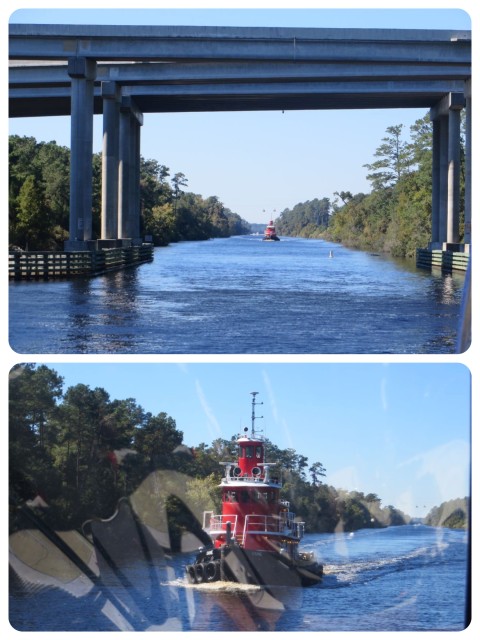
Swing bridges were the style for the opening bridges. There were four today, two of which required that we request an opening.
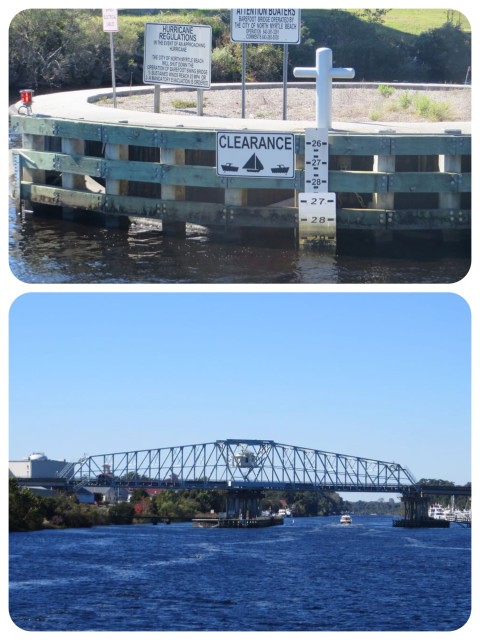
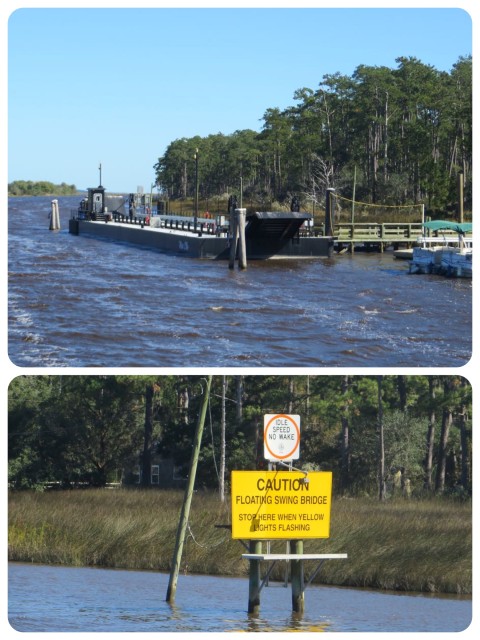
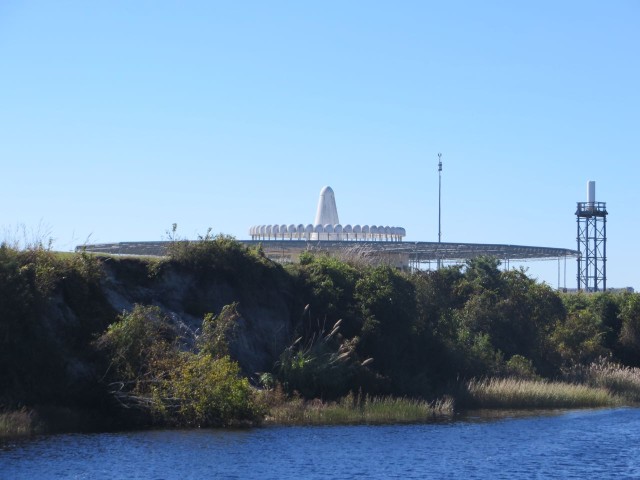
Myrtle Beach is a golfing haven. There are over 80 golf courses in Myrtle Beach and some of the courses line the banks of the ICW. I am not a golfing fan, at all, but I can imagine this must be paradise if you are.
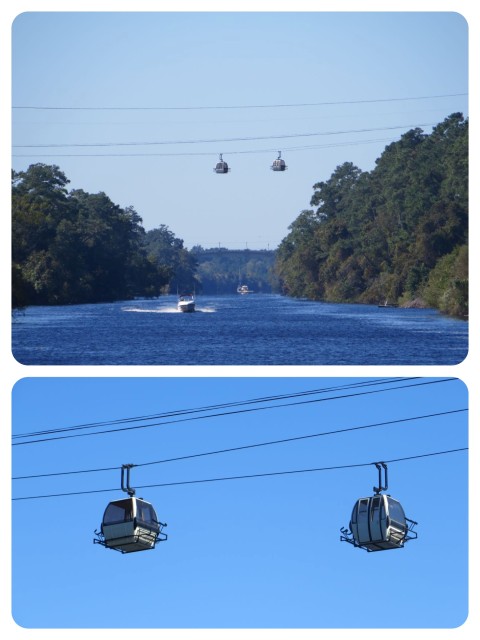
At times, there isn’t much new to see as you slowly travel along, but then, at other times, you just see interesting and curious sights, natural and manmade.
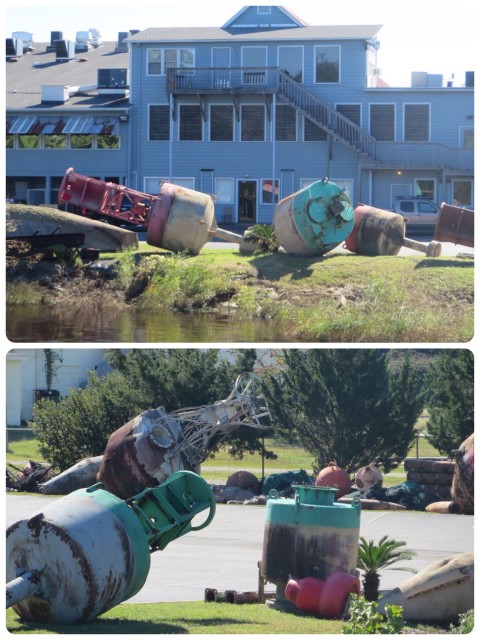
I’m sure everyone remembers the recent torrential and constant heavy rains that hit the east coast, especially in South Carolina where it caused serious flooding. The Waccamaw River was above flood stage for 13 days. October 7th saw the third highest water level on record of 16.1 feet. By delaying for a few days, we hoped that the waters would recede before we reached this region. Even though our passage was almost 2 weeks after that record high, the Coast Guard still had small patrol boats out on the ICW asking boats to slow down enough so that they made little to no wake. Some of the homes are so close to the water and so low that boat wakes caused the water to rise up and into their homes again.
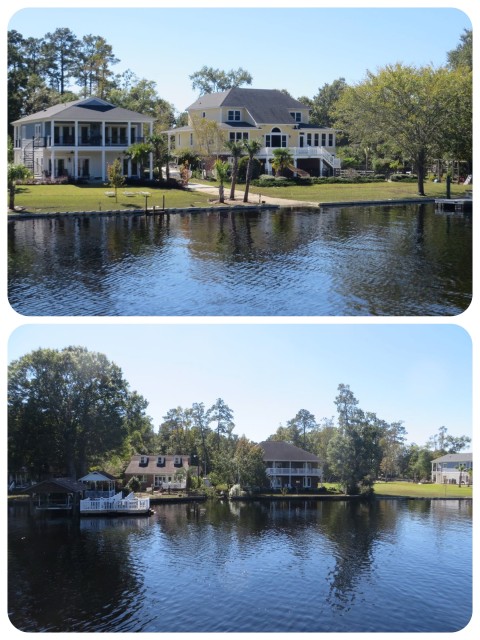
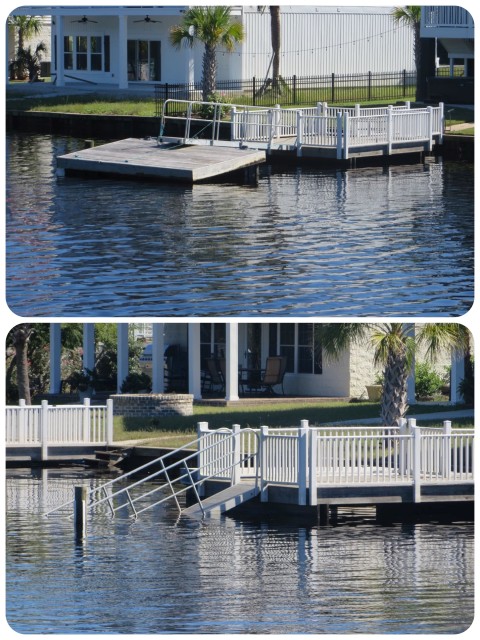
We finally reached the Waccamaw River, traveling along, but not always together, with our current buddy boat, Magnolia.

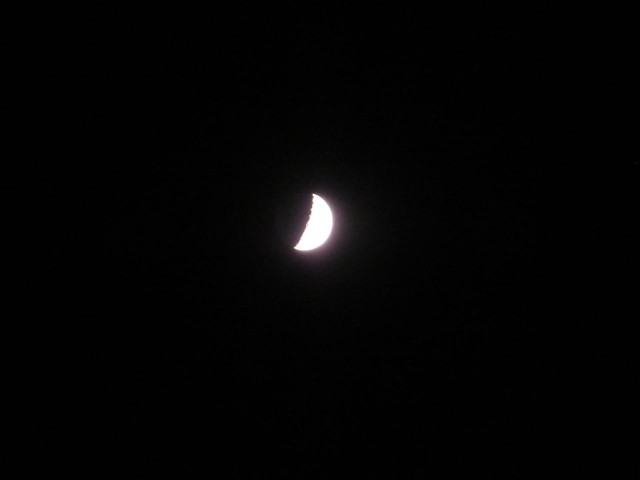
Love the way the water reflects the trees in the early morning sun.
Spanish moss drapes the living oak trees that line the Waccamaw River. It is lightly attached and does not harm the living oaks. It’s one of those sights that quietly states you are in the South, that you are not at home anymore. Spanish moss isn’t Spanish and it’s not moss. It’s an air plant that likes the water in the humid air. Historically, Spanish moss has had many uses – made into rope, used as gun wadding, mattress and furniture stuffing, and even air conditioner filters. (Just a little trivia.)
Magnolia and Kindred Spirit parted ways on the second day, but we would meet again in Charleston. We anchored in Graham Creek (ICW Mile 439) after passing up the Minim Creek Canal and Santee River anchorages because the day was still young, and then deciding that Five Fathom Creek and Awendaw Creek anchorages didn’t offer the best protection or the best depths. This little creek was narrow and shallow at the entrance, but we managed just fine. We were tired by then and wanted to stop for the day.
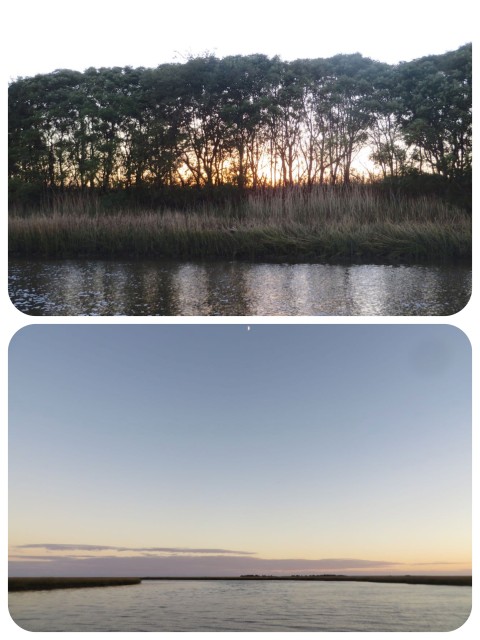
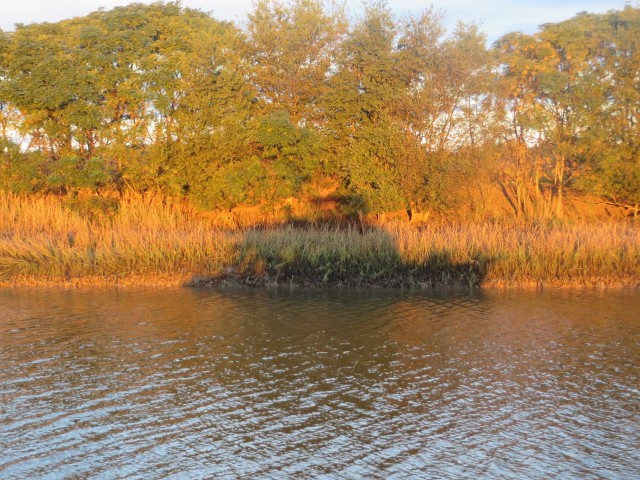
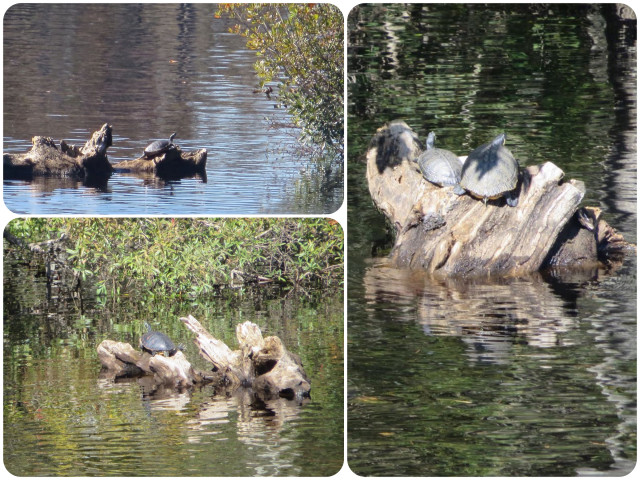
Much of the time on our second day in the Waccamaw, we were flanked by grassy marshes on both sides, giving meaning to the term, “low country.”
As we neared Charleston, the marshes changed to civilization again with more houses and resort communities on the Isle of Palms and Sullivans Island.
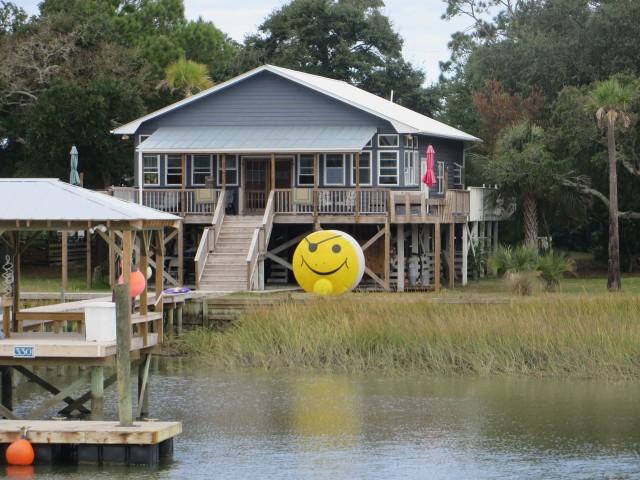
I checked the Marine Traffic app on my phone and saw that Magnolia was close to entering Charleston Harbor from the outside. By using the “My Fleets” feature onto app, I can set it to show me which of our friends are near by. Cutting Class is the pink diamond at the dock (leftist). We are the upper right pink boat in the ICW. Magnolia is the lower pink boat heading towards the inlet entrance. I thought it was pretty cool that we were all there.
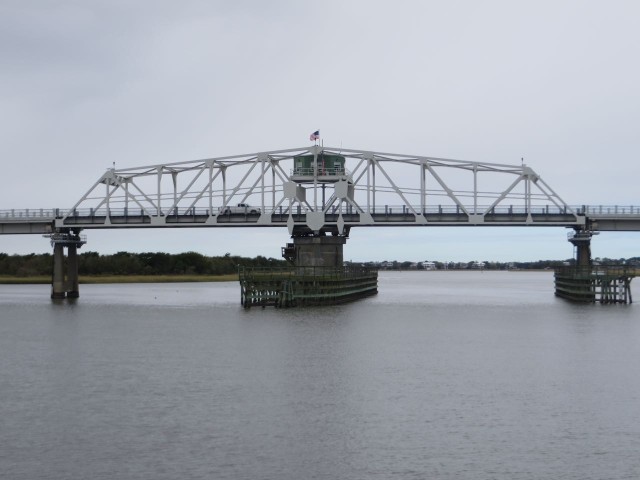
Both Magnolia and Kindred Spirit anchored off of Fort Johnson near Fort Sumter for the rest of the day. Although it is a little bumpy out here in the harbor, this will allow us to move to the dock at the Charleston Maritime Center during slack tide tomorrow morning.
We have nice views of the southern side of Charleston from our anchor spot. Sure are looking forward to visiting Charleston again!
And we had company for a little while from several dolphins swimming around our boat. I never get tired of seeing the dolphins. 🙂

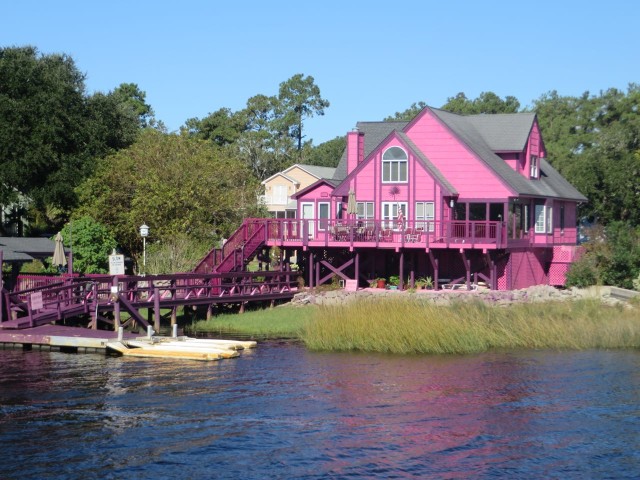
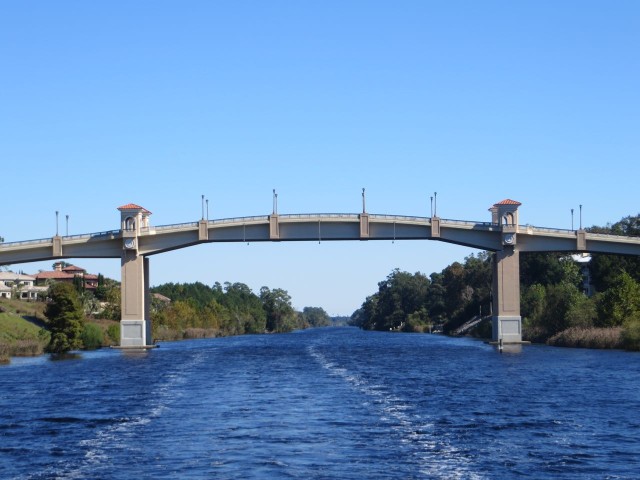
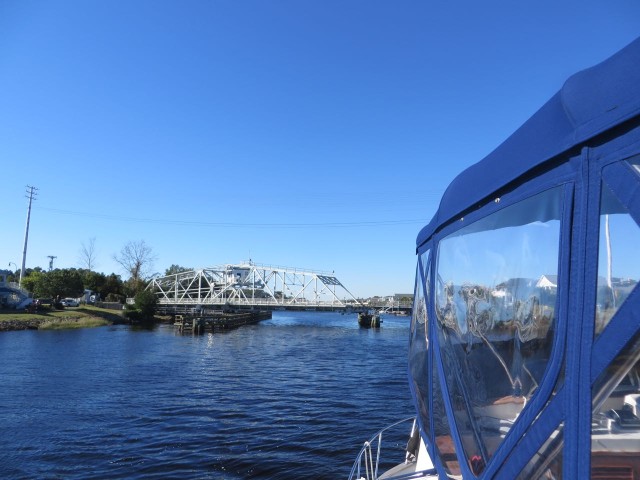
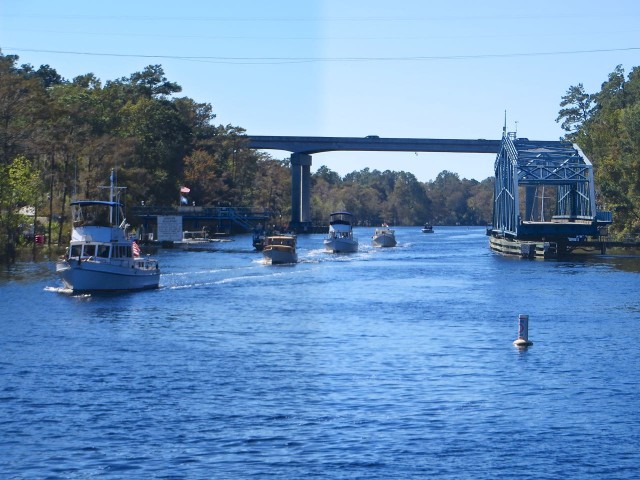
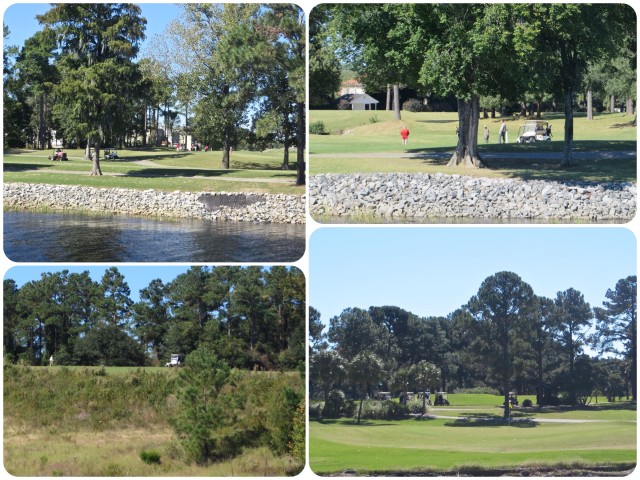
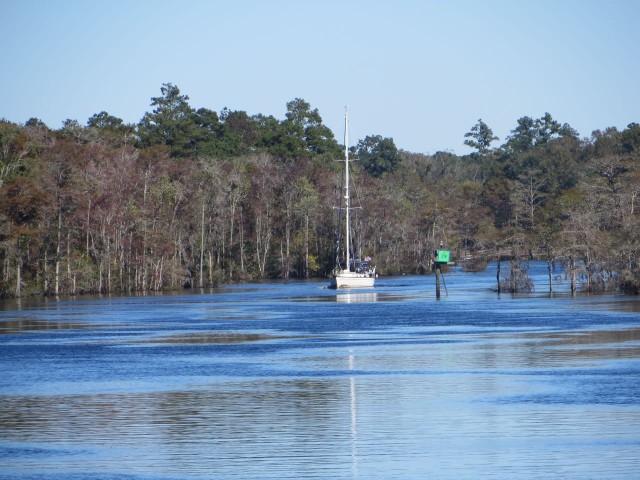
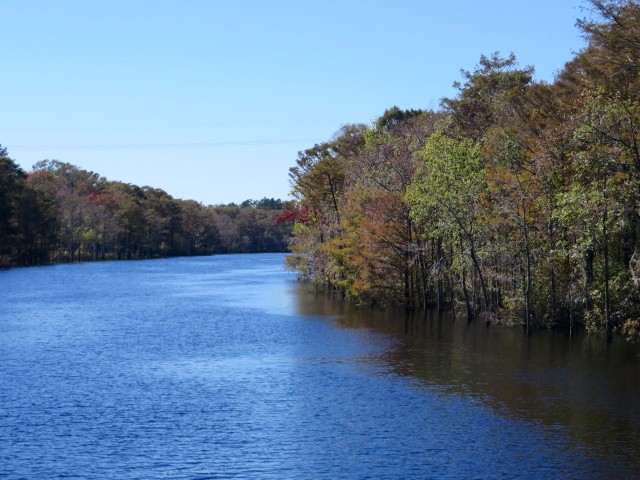
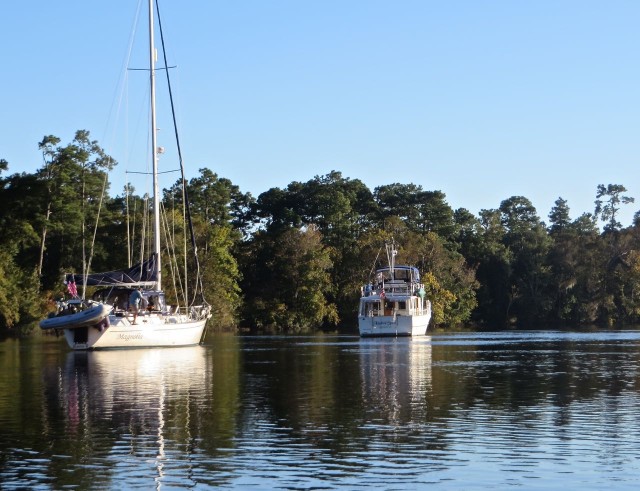
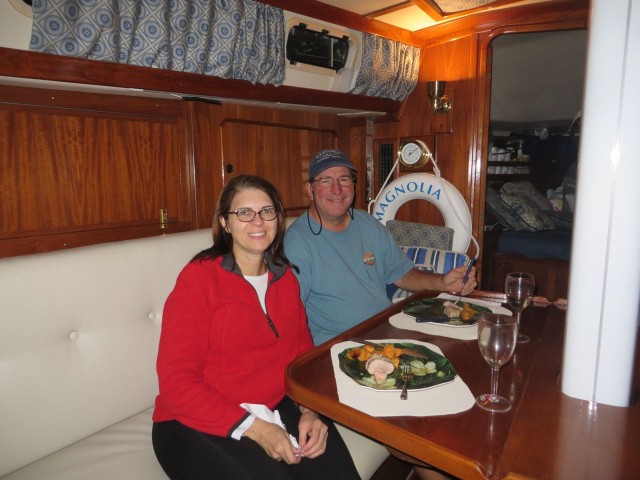
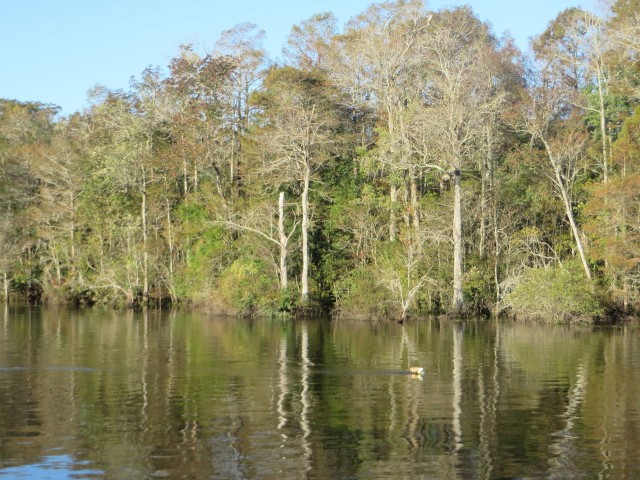
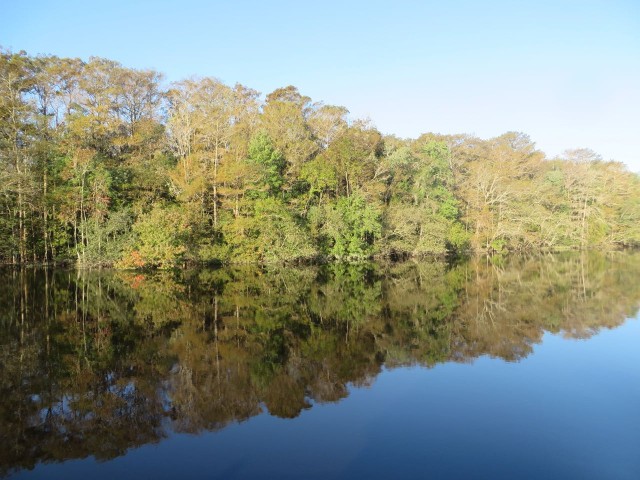
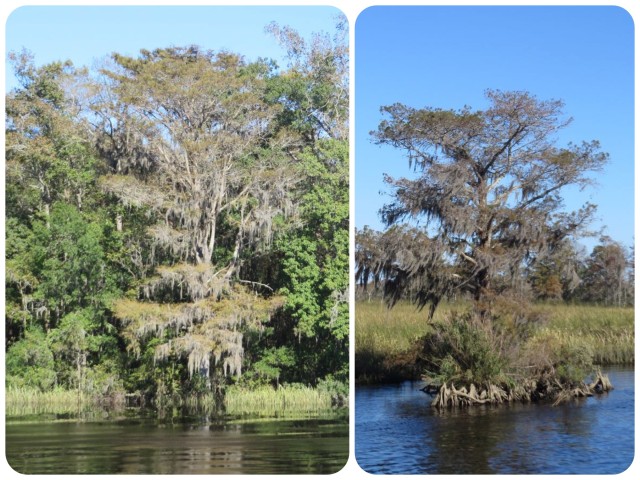
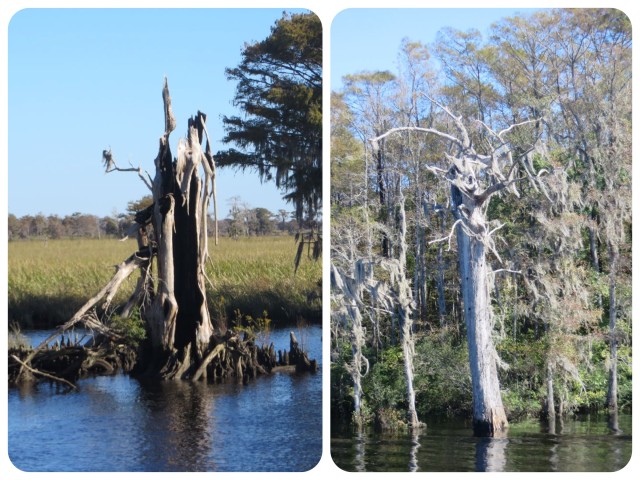
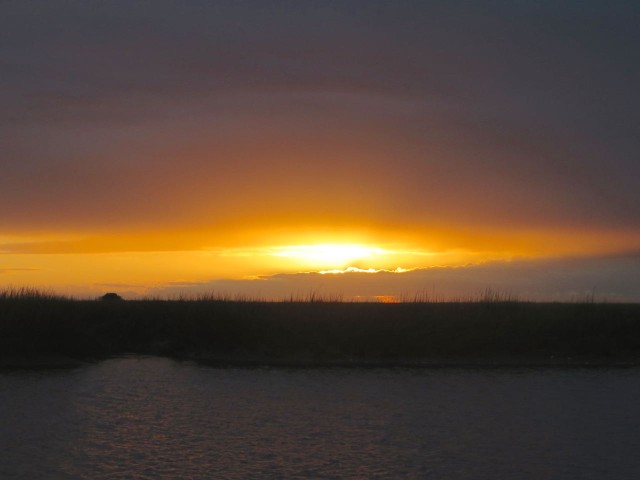
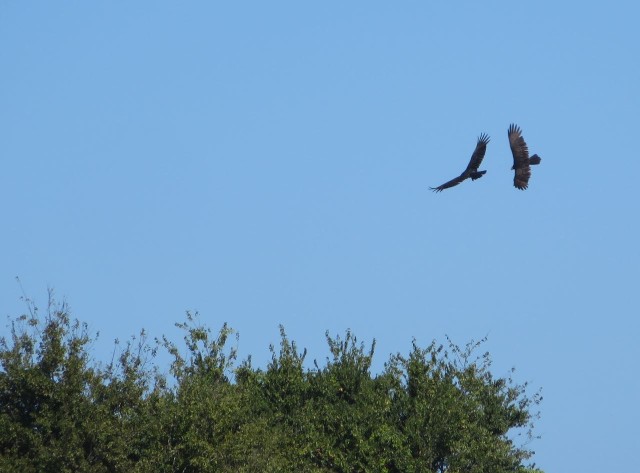
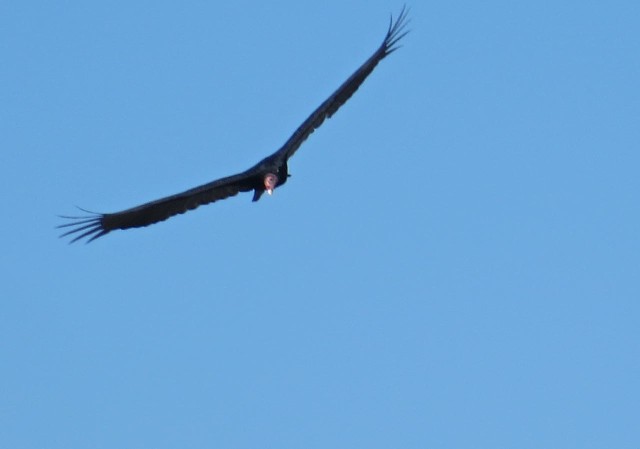
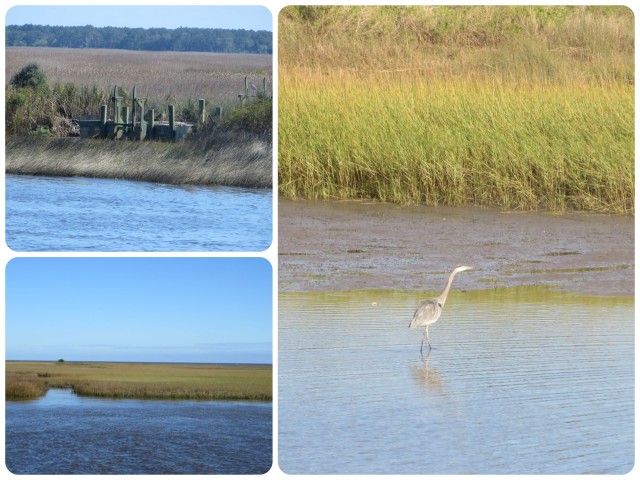
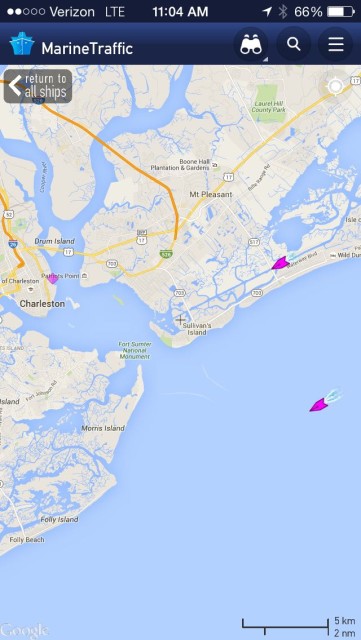
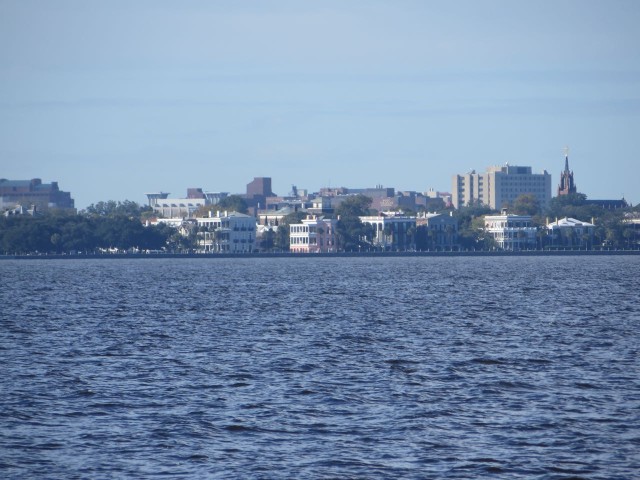
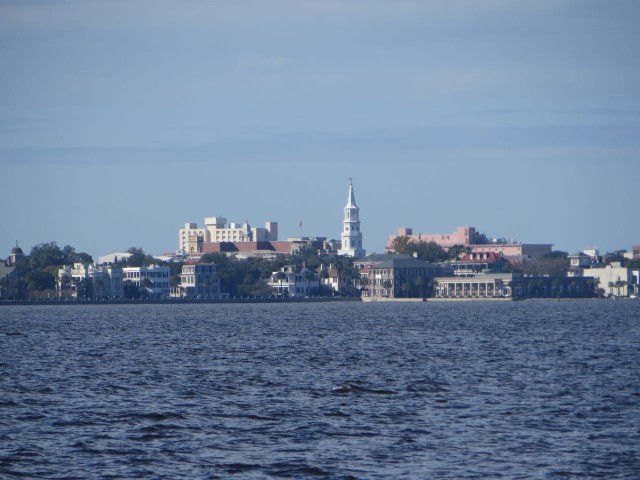
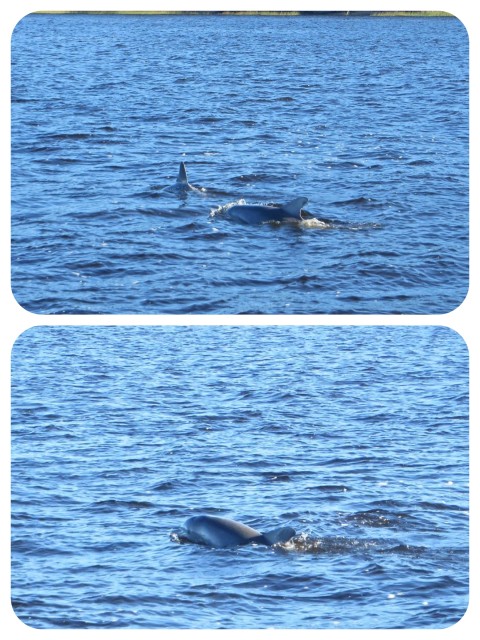
Peggy Bjarno
Your “hawk or eagle” is a turkey buzzard. See that reddish head? Just like a turkey. They are beautiful when in flight, very graceful as they drift along the air currents. NOT so beautiful when on the ground and close up, but they are avid scavengers and serve an important function in clearing road kill. :-/ YIKES!
Love your screen shot of the three of you on your Marine Traffic app. We’ll have to try that!
watsons
Thank you so much for answering my question! We enjoy watching the birds and wildlife but have little knowledge of specific names and characteristics. These turkey buzzards were awesome to watch in flight.